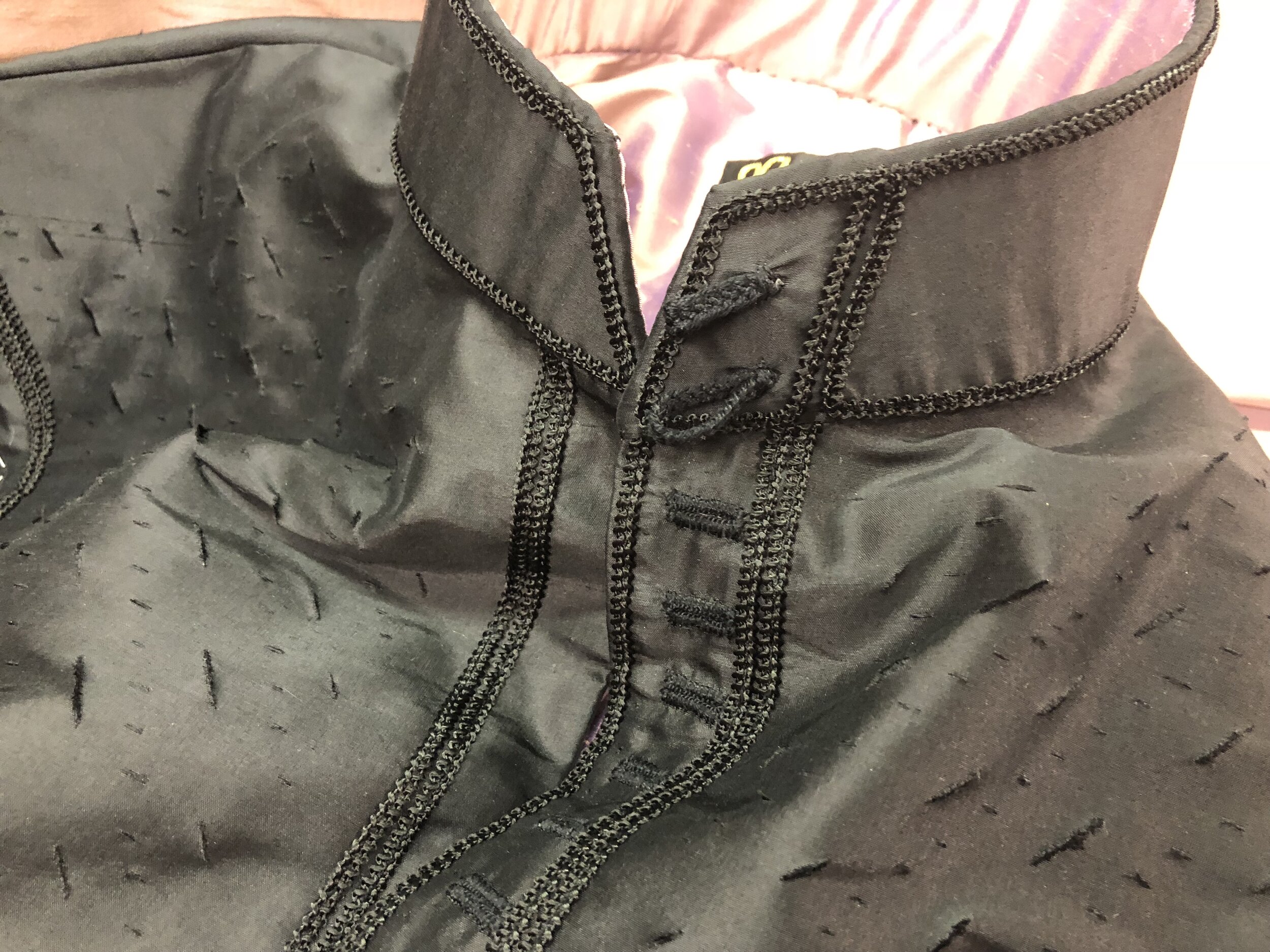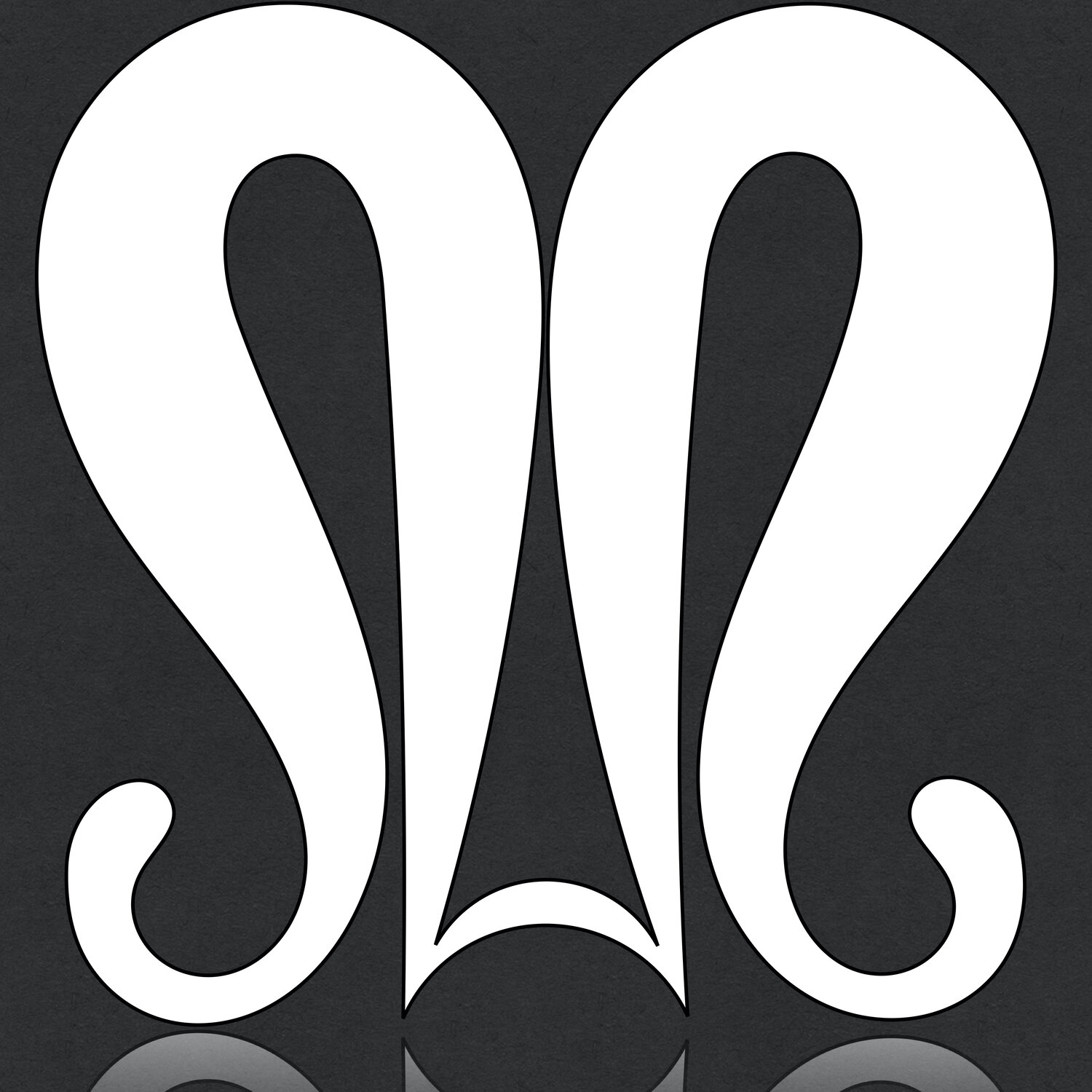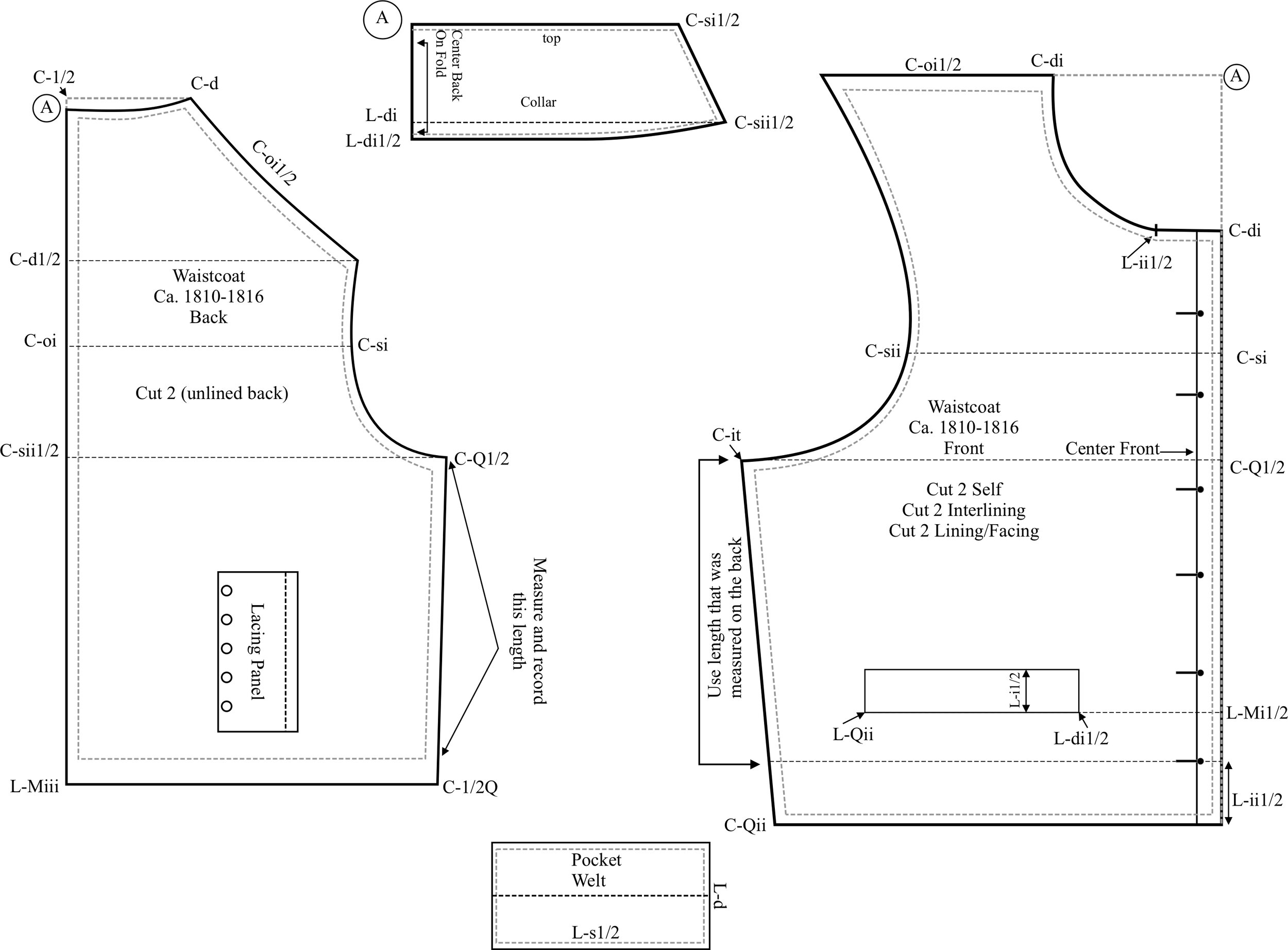
Jackets and Waistcoats from the 16th to 21st Century
Cottage Core Waistcoat/Vest — Proportionate Draft — 21st Century
Man’s Doublet: 1580/90
Man’s Doublet From an Anonymous 1590s manual
This manual was brought to my attention by Francisco Martinez Botella
Man’s Doublet: 1600-1610
Woman’s Gored Waistcoat ca. 1600
Woman’s Doublet/Jacket with Round skirts 1600-1640
Clerical Soutane ca. 1600
Man’s Doublet: 1620s
Man’s Jacket (to go over a doublet)
Man’s Waistcoat ca. 1810-1816
This short waistcoat comes to just below the natural waist level. When worn with a cutaway tailcoat of the same period, it should show below the waist of the tailcoat by about 1-1 1/2”
The back is unlined, so there is a hem allowance of 3/4” at the bottom which is rolled and finished at 3/8” The lacing panel is sewn right onto the back with top stitching and eyelet holes. Use a French Seam for Center back and encase seam allowances for the side and shoulder into the front lining. The collar should be quite stiff though the pad stitching, if used shouldn’t shape the collar, but keep it very stiff and flat.
Man’s Sport Coat-2019
This sport coat body was designed by Mathew Gnagy. It was meant to employ the most extreme use of ironwork to form and shape the coat. There is no front dart. It has patch pockets. It is meant to have around 4-5 inches (10-12.5cm) of ease through the chest and about 3-4 inches(7.5-10cm) of ease through the waist. The sleeve cap is intentionally a bit shallow to allow for more freedom of movement for the wearer. For an easier fit, or if it will be worn over a waistcoat or sweater, use a chest tape that is 1 inch(2.5cm) larger than the chest of the recipient. Collar is not shown as many varieties can be used.


